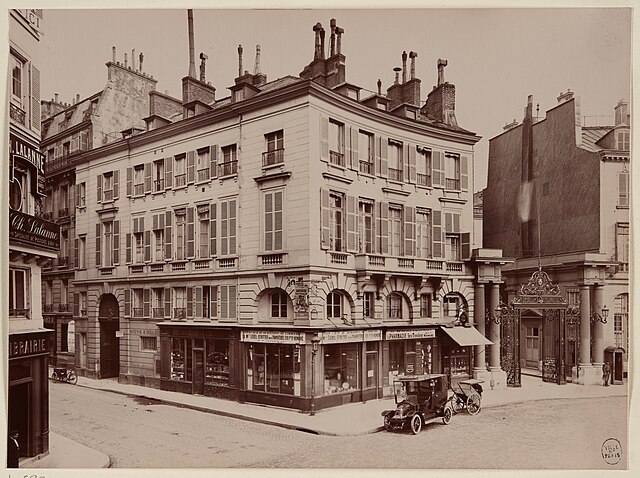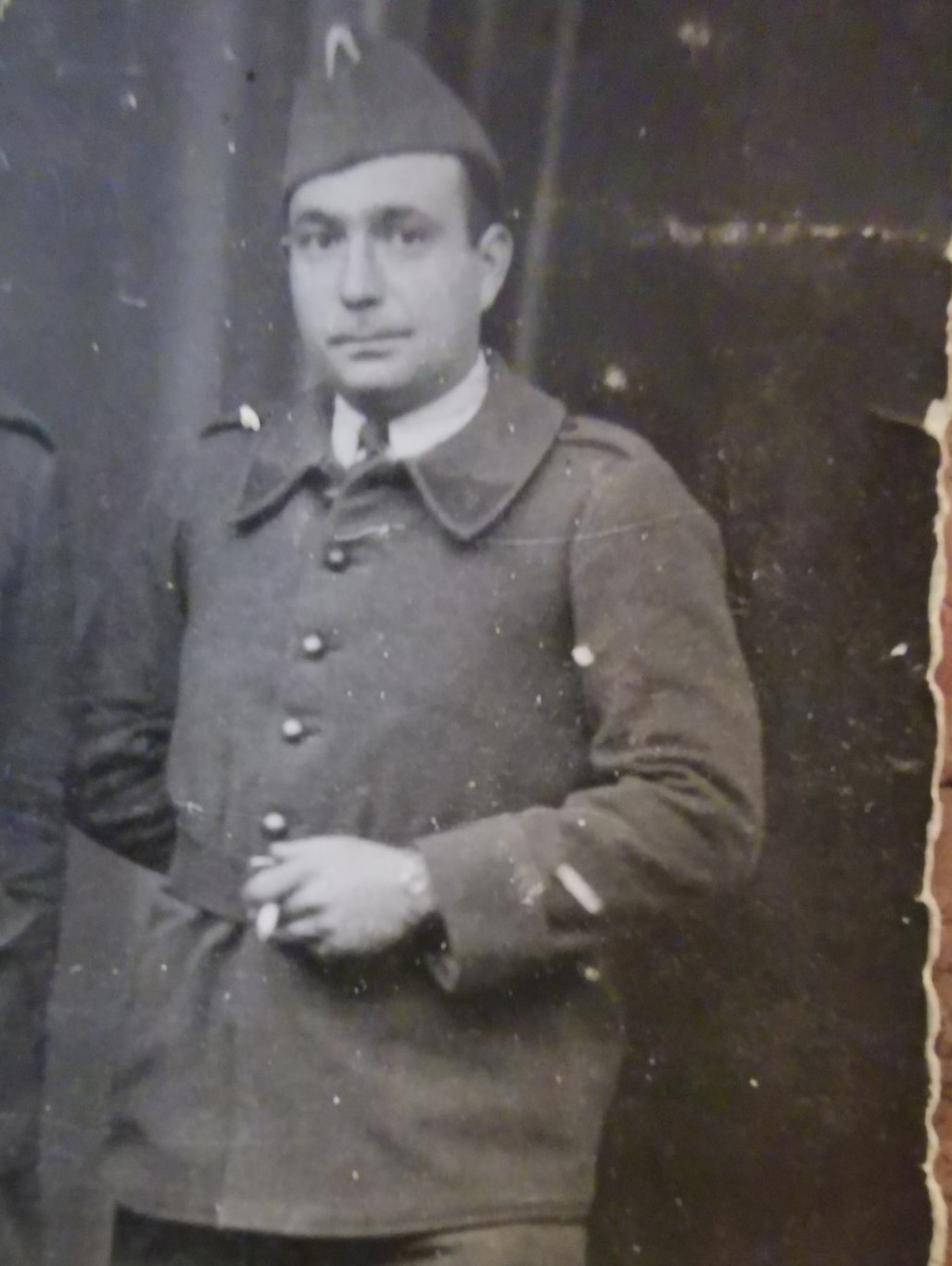Paul Hemsi
born 1905 in Paris
died 1940 in Moosburg an der Isar
Childhood and Youth

Paul Hemsi was born to a Jewish family in Paris on 12 February 1905. His father, Léon Koen Hemsi
(1873–1924), was a jeweller and diamond dealer. He came to France from Smyrna in the Ottoman
Empire (now İzmir in Turkey) and, in 1902, married the Paris-born Marthe Marguerite née Lévy
(1883–1971).
Paul Hemsi’s mother ran the family-owned antique store “Marquis Miromesnil” at 7 Rue de
Miromesnil in Paris. He had a younger sister, Janine, who was born in 1919 and later married
Léon Isaac Lanzenberg.
Paul Hemsi went to school at Lycée Chaptal in Paris. His sister remembered him as a good pupil
and a very studious, kind and altruistic person of a gentle character. He could speak English
and had travelled to Italy and England. He had a passion for horses and horse racing and enjoyed
sports, playing bridge, and attending the theatre. He was interested in political affairs as
well as culture and arts.
Persecution and Death

Paul Hemsi worked as a jeweller in the family business, but when the Second World War broke out
in September 1939, he enrolled in the French Army and joined the Sanitary Section of the 19th
Algerian Tirailleurs Regiment with the rank of sergeant.
In May 1940, Nazi Germany invaded Belgium, Luxembourg, the Netherlands, and northern France.
German armies soon broke through Allied defences and pushed deep into France, forcing the French
government to surrender on 22 June 1940. When the armistice became effective three days later,
Sergeant Paul Hemsi was captured as a prisoner of war (POW) in Biffontaine, a village in the
Vosges department in northeastern France.
He was taken by the Germans to Stalag VII-A, a POW camp in Moosburg an der Isar near Munich,
where he was registered as a Roman Catholic. He apparently concealed his religion to protect
himself from antisemitic persecution. Unfortunately, a few months after his capture, Paul Hemsi
fell ill with coronary sclerosis, as noted in his medical records. He was transferred to the
infirmary of Stalag VII-A, where he died on 10 October 1940 at the age of just 35 – according
to sources, from a heart attack. His illness and death were probably not directly caused by
persecution, but perpetrators sources must be treated with caution.
Paul Hemsi’s body was buried in the Communal Cemetery in Moosburg an der Isar, and in July 1941,
military authorities in the non-occupied zone of France posthumously awarded him a
“Mort pour la France” mention, an honour given to people who were killed or died in service of
France during the war.
Meanwhile, Paul Hemsi’s family survived persecution by the Nazis. His mother, sister,
brother-in-law, and niece initially took refuge in Marseilles, but following the mass roundup
of Jewish families in January 1943, they escaped to Dolomieu, a village in the Isère department
in southeastern France, where they were saved by Aristide Audi (1919–2011), a local grocery
store owner and Resistance member. He and his wife Yvonne Audi, née Chataignier (1919–2003),
were later awarded the title of Righteous Among the Nations by the Yad Vashem Institute.
After the war, Paul Hemsi’s remains were exhumed by French authorities and handed over to the
family, who reburied them at the Père Lachaise Cemetery in Paris.
Postmortem Use of Specimens

What neither the family nor the French authorities knew at the time was that, following Paul
Hemsi’s death in German captivity, his body was dissected by a German military pathologist who
removed his brain and sent it to Professor Willibald Scholz (1889–1971) from the Brain Pathology
Department of the German Institute for Psychiatric Research (Kaiser Wilhelm Institute) in Munich.
On 8 November 1940, 14 tissue sections were extracted from Paul Hemsi’s brain for the purpose
of a histological examination. According to the neuropathological report, a mild cerebral
arteriosclerosis and minor changes due to heart disease were detected in his brain.
After the war, the specimens were retained as objects of scientific interest by the Max Planck
Institute for Psychiatry. After a review of the institute’s brain tissue collection in 1989/1990,
all 14 specimens derived from the brain of Paul Hemsi were buried in a collective grave at the
Waldfriedhof (forest cemetery) in Munich.
This biography was written by Aisling Shalvey and Michał Palacz.
© 2025 by Aisling Shalvey and Michał Palacz, licensed under
CC BY 4.0


